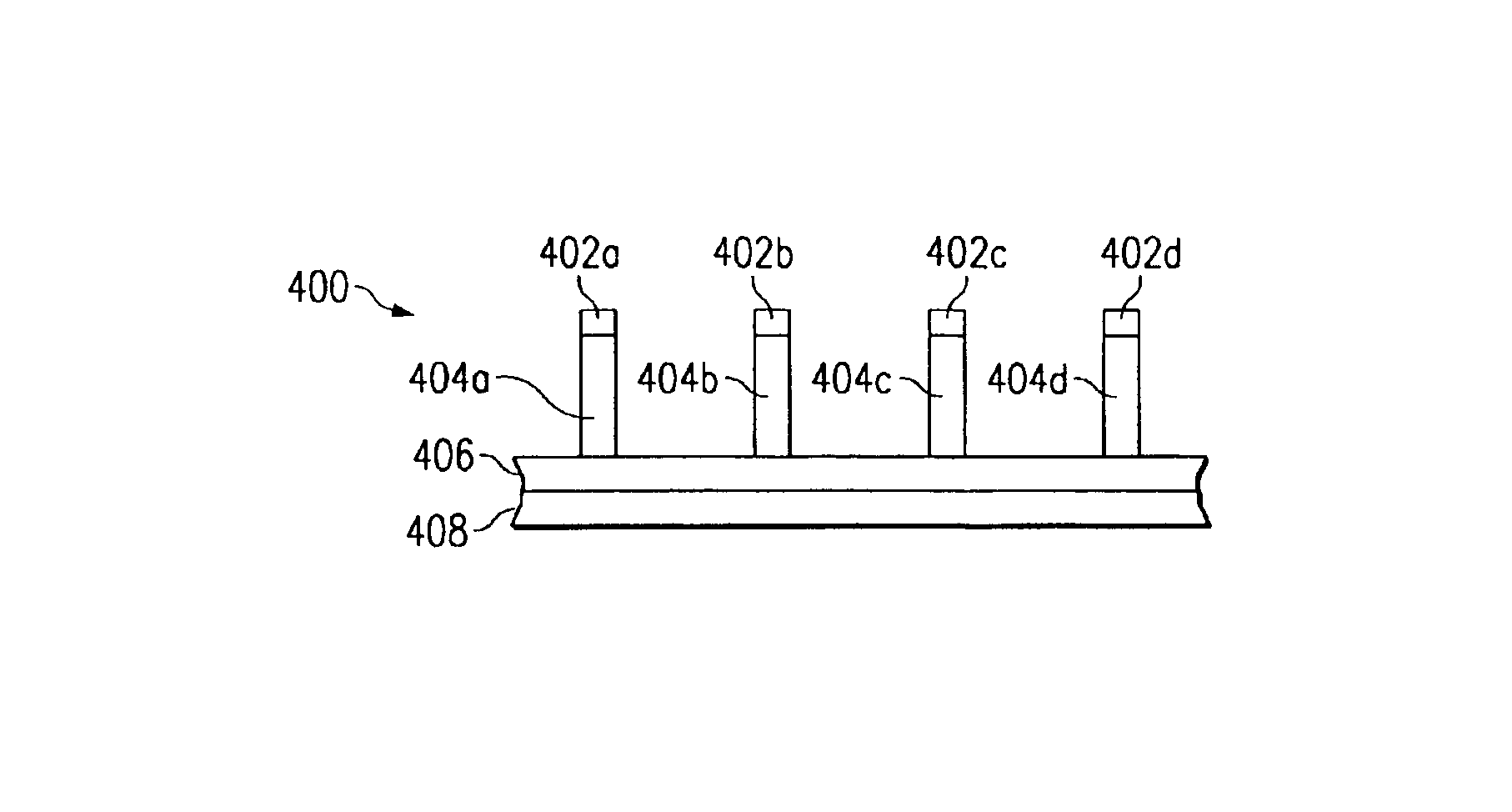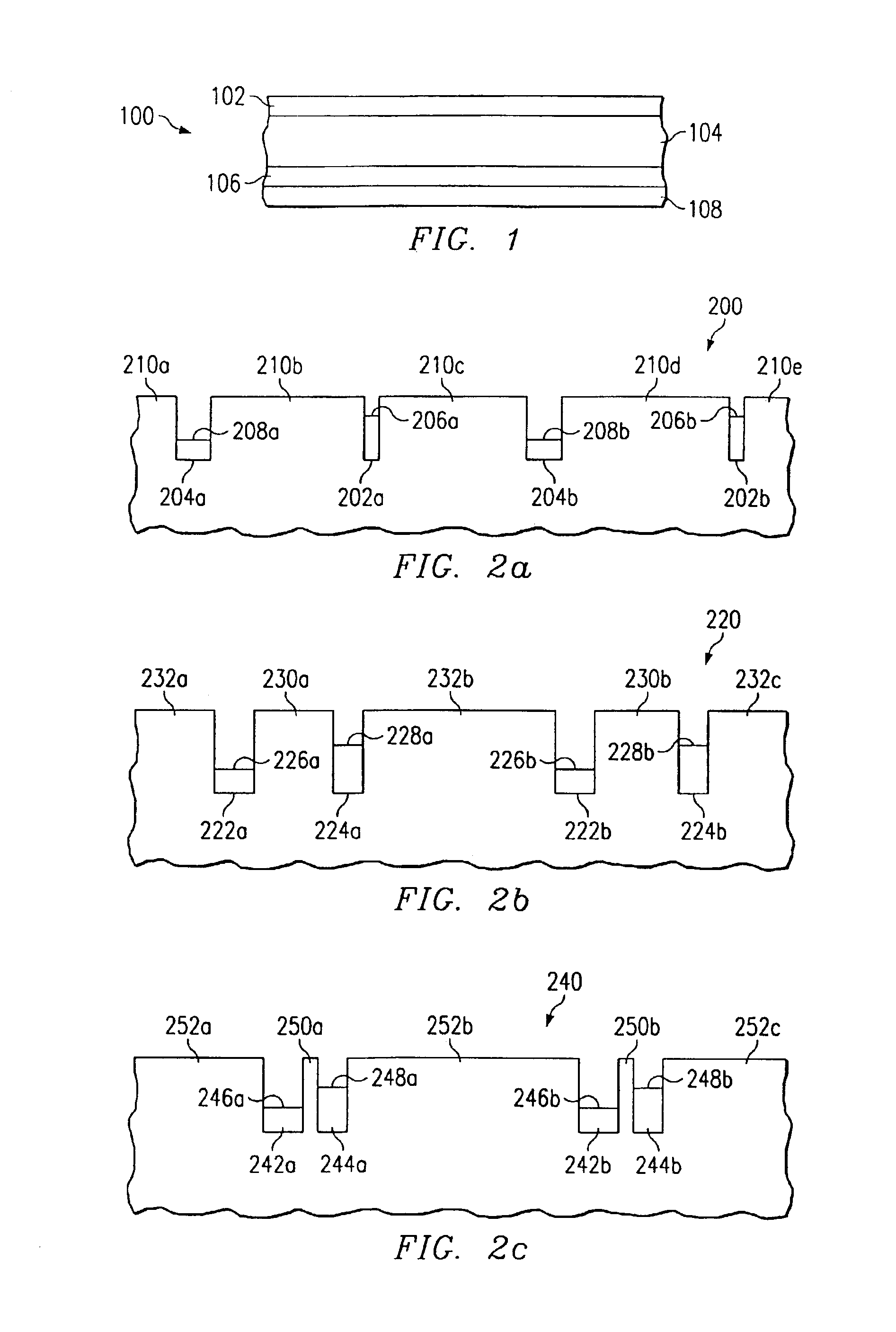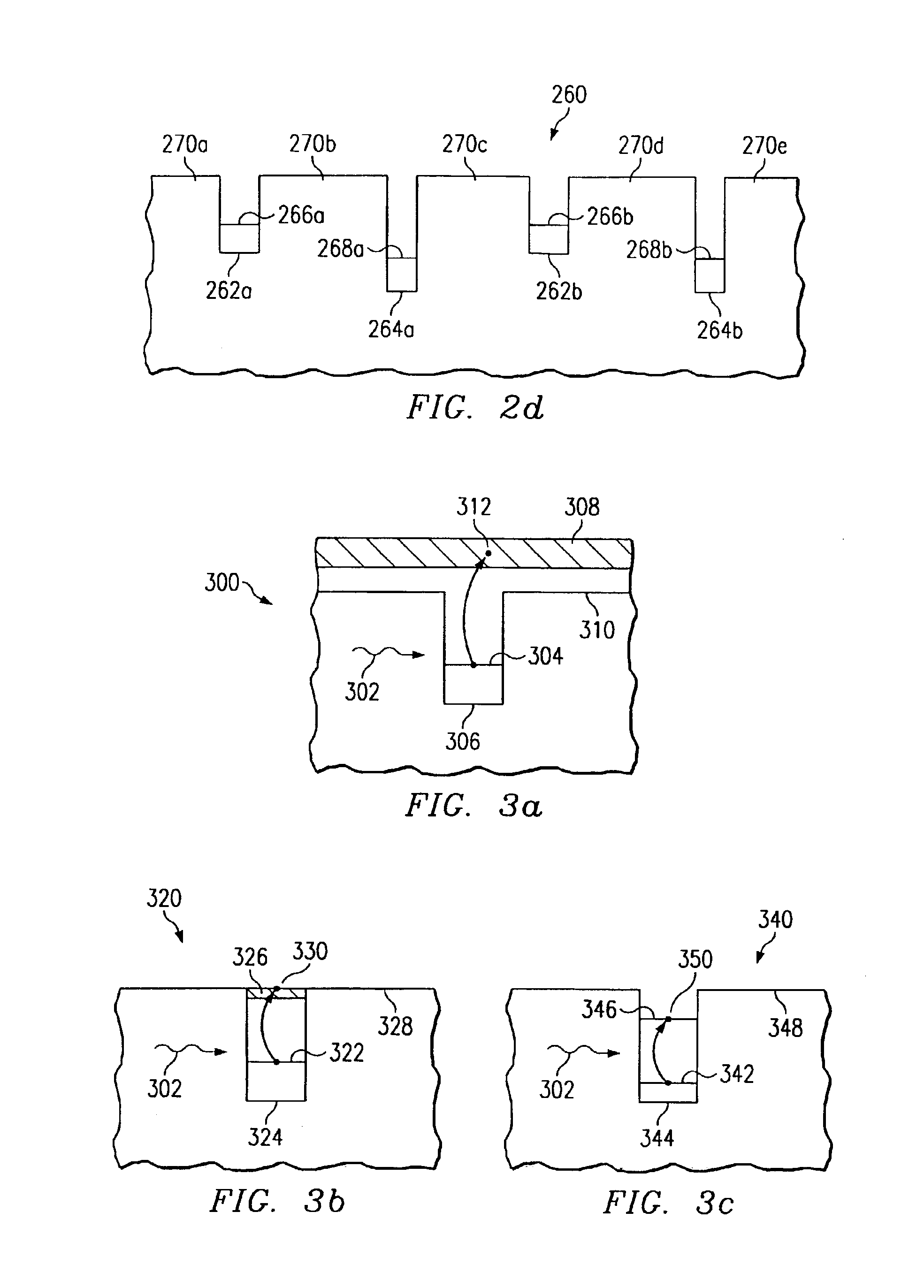Bias controlled multi-spectral infrared photodetector and imager
a multi-spectral infrared and photodetector technology, applied in the field of infrared (ir) imaging, can solve the problems of non-uniformity in the fabrication process, the inability of conventional ir detector technology to adapt to the inability of conventional ir detector technology to meet the current demand for dual-band or multi-spectral detection, etc., to achieve the effect of convenient forming imag
- Summary
- Abstract
- Description
- Claims
- Application Information
AI Technical Summary
Benefits of technology
Problems solved by technology
Method used
Image
Examples
Embodiment Construction
[0022]Various embodiments of the present invention are described in detail with reference to the drawings with corresponding elements having corresponding numbers throughout the drawings. While the following description will generally discuss a dual-band IR photodetector, altering the design of the IR absorbing layer can lead to absorption in three or more IR wavelength bands.
[0023]FIG. 1 is a cross-sectional view of the starting material 100 used in fabricating a dual-band IR photodetector in accordance with the two embodiments. The starting material 100 includes a series of laminae formed in succession. A top contact 102 is formed of doped semiconductor material. The top contact 102 is preferably heavily doped to reduce contact resistance and has a thickness of approximately 0.2 to 0.5 μm. An IR absorbing layer 104 is formed of semiconductor material that absorbs IR radiation in first and second IR wavelength bands. The IR absorbing layer 104 preferably has a thickness of between ...
PUM
 Login to View More
Login to View More Abstract
Description
Claims
Application Information
 Login to View More
Login to View More - R&D
- Intellectual Property
- Life Sciences
- Materials
- Tech Scout
- Unparalleled Data Quality
- Higher Quality Content
- 60% Fewer Hallucinations
Browse by: Latest US Patents, China's latest patents, Technical Efficacy Thesaurus, Application Domain, Technology Topic, Popular Technical Reports.
© 2025 PatSnap. All rights reserved.Legal|Privacy policy|Modern Slavery Act Transparency Statement|Sitemap|About US| Contact US: help@patsnap.com



